Bavaria – the world’s most scenic sauna?
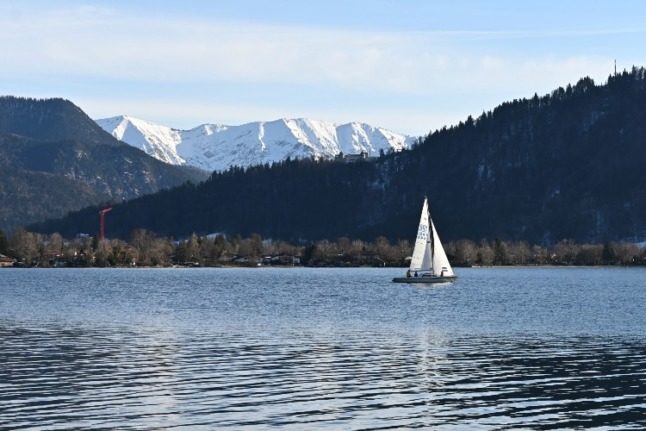
It is pretty hard to pick out just one activity in a state so famed for its scenery. But how about a day at the Monte Mare sauna on the banks of beautiful Tegernsee? The spa complex includes a winter garden with a stunning view of the lake and even a a sauna on a boat – a pretty spectacular twist on the German love for sweating off the winter blues.
READ ALSO: REVEALED: 10 of the best hiking day trips from Munich
Baden-Württemberg – visit prehistoric man
Take a walk to the caves of the Lonetal near Ulm and visit one of the earliest known sites of human art. The earliest settlers of Europe lived in these caves 40,000 years ago and they left behind a fascinating artefact, a tiny sculpture that is part lion, part man.
The artefact can be seen in the Ulm Museum, where it is on permanent display.
Saarland – soaring views
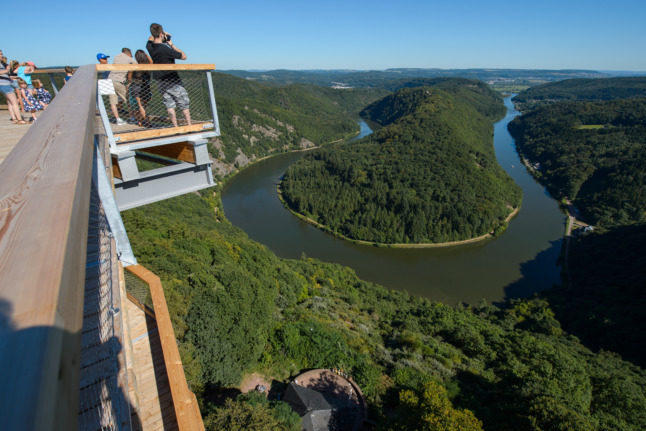
Take a walk along the treetop walk known as the Baumwipfelpfad to catch a spectacular view of what some believe to be the most stunning river loop in the whole country.
On the walk you can ascend the 42-metre high viewing platform in order to get the best possible view of the Saarschleife river loop.
Rhineland-Palatinate – characterful alleys
Take a stroll through the streets of the beautiful village of St. Martin on the Deutsche Weinstraße. Tourists can wander through narrow alleyways, peer into courtyards where craftsmen still ply their trade and enjoy one of the region’s famed wines.
READ ALSO: Eight unmissable events in Germany in January 2023
North Rhine-Westphalia – going underground

The western state is most famous for the mines that once provided the major source of employment in the region. With coal production a dying industry, those days are long gone. But a trip to the German Mining Museum in Bochum will give an insight into the soul of the Ruhr region like few other places.
In one of the exhibits you can even go underground to get a sense for what life was like unter Tage (a German colloquialism to mean ‘underground’ in the mines).
Hesse – a trip up to the heavens
Germany’s tallest building, the Commerzbank Hochhaus in Frankfurt, doesn’t have a viewing platform for the public. But the next best thing is the nearby Main Tower, which is 200 metres tall and provides views over the entire Frankfurt skyline.
Thuringia – soaking up historic sights
A stroll around Erfurt’s historic city centre feels like stepping back in time, from the magnificent cathedral to the charming medieval bridge known as Krämerbrücke.
Walk along the bridge and down a little alleyway called Kreuzgasse to see one of the best views in Erfurt, and then stop off at a nearby cafe to enjoy lunch in a fairytale setting.
Saxony – hiking in gnarly rock formations
Made famous by the romantic painter Caspar David Friedrich, the sand stone rock formations of the Elbsandsteingebirge make up some of the most specular scenery in Germany.
Ideal for a day’s hiking if you live in Dresden or Leipzig.
READ ALSO: Surviving winter: 8 tips for enjoying the cold like a true German
Brandenburg – a day on organic farms
A day trip to the Ökodorf Brodowin is well worth your while. The village, which only produces organic foods has an interesting history – thanks to the efforts of author Raimar Gilsenbach, it was known for its care for ecology even in communist times.
There are several walking and hiking tours in and around the village, which is nestled in between lakes and hills.
Berlin – walk with the masters

It is almost impossible to pick just one activity from the capital – even in the middle of winter, the city is full of options.
But surely the stand-out one has to be a visit to the newly renovated national gallery of modern art. The building, one of Bauhaus master Mies van der Rohe’s final works, has undergone a multi-million euro revamp, including a replacement of the windows to revitalise the famous effect of a floating roof.
Currently on show is a specially developed installation by feminist artist Monica Bonvicini, a collection of 1900-1945 artworks titled “The Art of Society” and the permanent exhibition that includes some of the most important expressionist art of the early 20th century.
Saxony-Anhalt – a UNESCO treasure
For a day out in the rural state of Saxony-Anhalt what else could we go for except the UNESCO world heritage site at Naumburg Cathedral.
Widely recognized as a masterpiece of Gothic architecture, the cathedral is best known for the detailed statues in its interior of the twelve founders of the church.
Lower Saxony – Germany’s new engine room
Visit Germany’s largest onshore wind park at Roggenstede, where three wind parks join up to offer a view of 153 turbines. At the largest wind park on German soil you can get an impression for the technology at the heart of the Energiewende, Germany’s attempt to produce most of its electricity using only renewable sources.
Visitors can climb the 297 steps inside one of the turbines to enjoy a panoramic view of the park and the North Sea coast.
Bremen – stepping back in time
Take a tour around one of the prettiest and oldest districts in Germany. The Schnoor features houses dating back to the 15th century huddling together in narrow alleys.
The neighbourhood is known for its small boutiques, second hands shops and hip bars.
READ ALSO: Five ways to make the most of Germany this winter
Hamburg – a night of culture

One of the highlights of the list here – attend a concert at the world famous Elbphilharmonie.
Hamburg’s new concert hall was a while in the making and was phenomenally expensive. But by general agreement it has become an iconic build already.
It might be a home for classical music, but the programme for January includes everything from German rapper Danger Dan to a live rendition of the music of Harry Potter.
Schleswig-Holstein – indulge in sweets
Dresden is famed for its Stollen, Nuremberg for its Lebkuchen, but can either compete with Lübeck and its mouthwateringly delicious marzipan?
The Hanseatic city has more to offer than just delicious treats – its numerous church spires make for an impressive skyline – but the best thing to do there is head for one of the renowned marzipan makers.
READ ALSO: The 10 heartiest German dishes to get you through winter
Mecklenburg-Western Pomerania – Einstein’s holiday destination
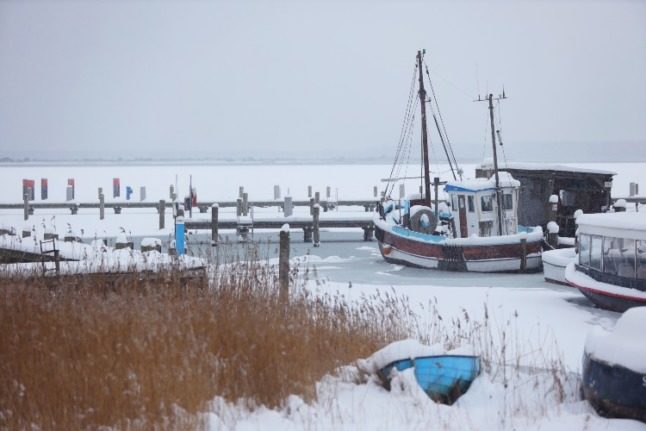
Walk along the beaches of Hiddensee, the island that which was a favoured holiday destination of Albert Einstein.
To get to Hiddensee you need to drive across the island of Rügen before getting on a ferry. Oh, and there are no cars on the island so you’ll have to hire a bike to get around!
A ‘must-see’ is the lighthouse on the north-west side.

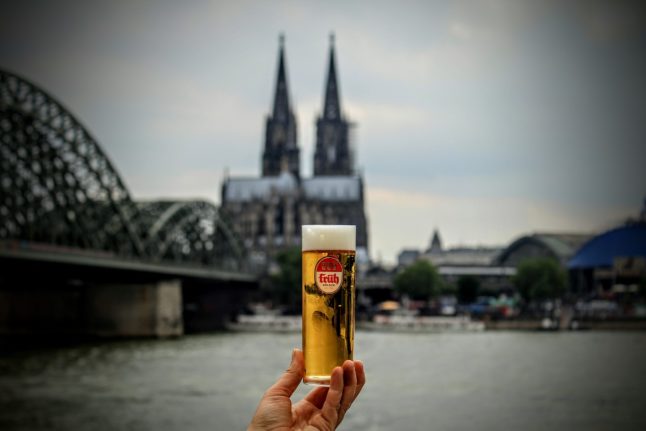

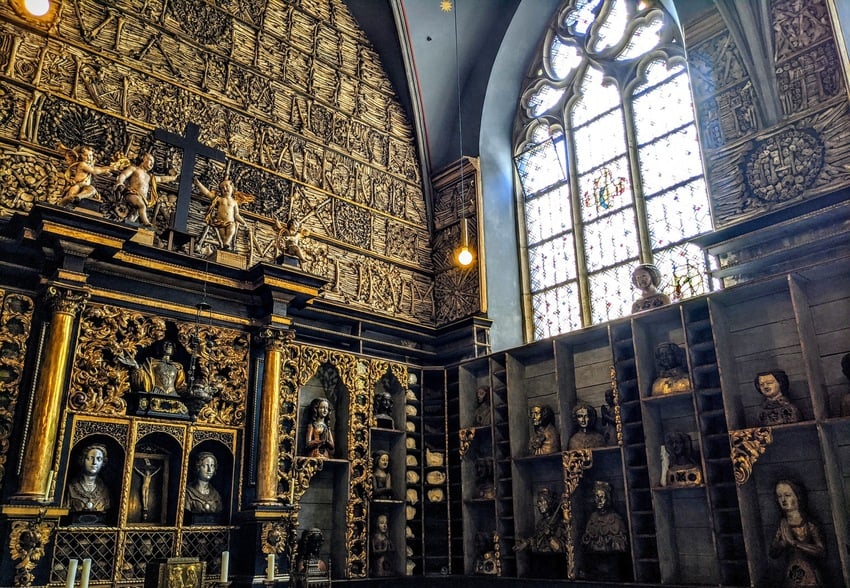

 Please whitelist us to continue reading.
Please whitelist us to continue reading.
Member comments